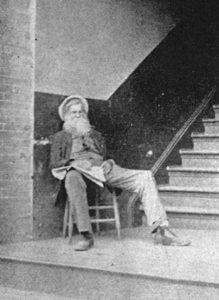Sanborn maps are detailed maps of U.S. cities and towns in the 19th and 20th centuries. Originally published by The Sanborn Map Company, the maps were created to allow fire insurance companies to assess their total liability in urbanized areas of the United States. Since they contain detailed information about properties and individual buildings the maps are valuable for documenting changes in American cities over many decades.
Sanborn held a monopoly over fire insurance maps for the majority of the 20th century, but the business declined as US insurance companies stopped using maps for underwriting in the 1960s. The last Sanborn fire maps were published on microfilm in 1977, but old Sanborn maps remain useful for historical research into urban geography.
The following are links to Marion Sanborn maps available in various resolutions:
Marion, Jun 1886 Marion, May 1894
Marion, July 1900 Marion, Nov 1906






